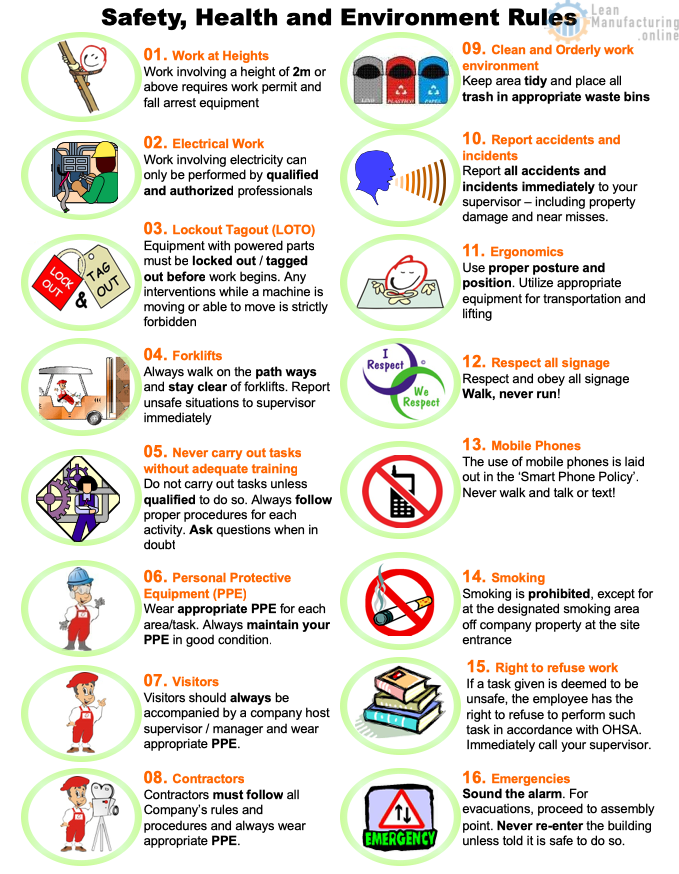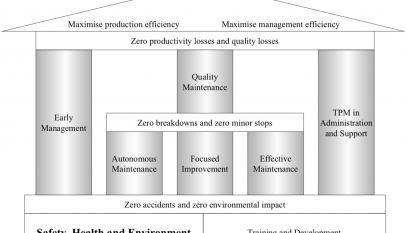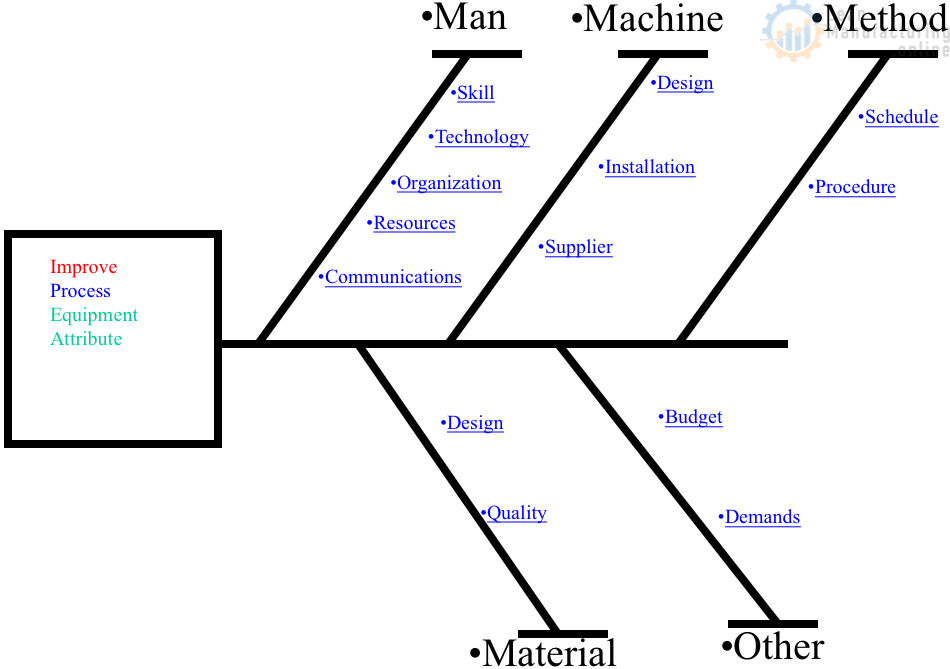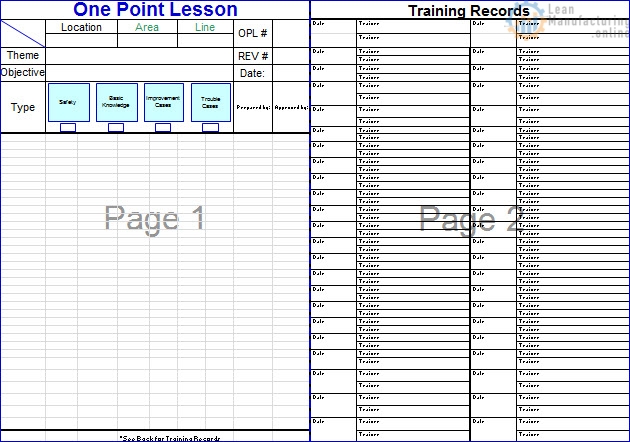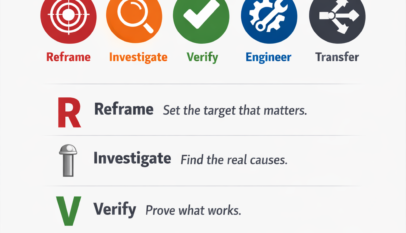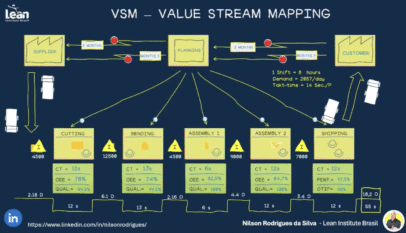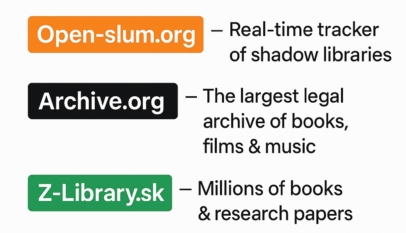Safety, Health and Environment
Safety, Health and Environment Rules – SHE Pillar
Every manufacturing facility should have a set of SHE rules for workers, visitors/and contractors. Rules must be designed in accordance with company policies as well as local legislation. Please see below examples of Safety, Health, and Environment Rules: Work at Heights Work involving a height of 2m or above requires…
Read More »Safety, Health, and Environment TPM pillar
SHE pillar vision is to cultivate a Continuous Improvement culture that achieves a sustained record of Safety, Health, & Environmental excellence & realizes our vision: ZERO accidents, ZERO incidents, ZERO losses. The SHE Pillar is the cornerstone TPM Pillar that supports and lends stability to the overall continuous improvement process…
Read More »The Importance of Safety, Health, and the Environment
Companies that are constantly afflicted by malfunctioning equipment or whose employees are forever troubleshooting unexpected problems cannot expect to establish a reputation for having a cheerful and animated corporate culture.
Read More »OPL – Compressed Air Safety – Air Line Hookup
Illustrate the correct way to hook up a compressed air hose for cleaning the line. One Point Lesson Pneumatic, Compressed Air Energy Source All lines have now been modified so that it is possible to clean the equipment safely with compressed air while the Main Air is locked out.The configuration…
Read More »

